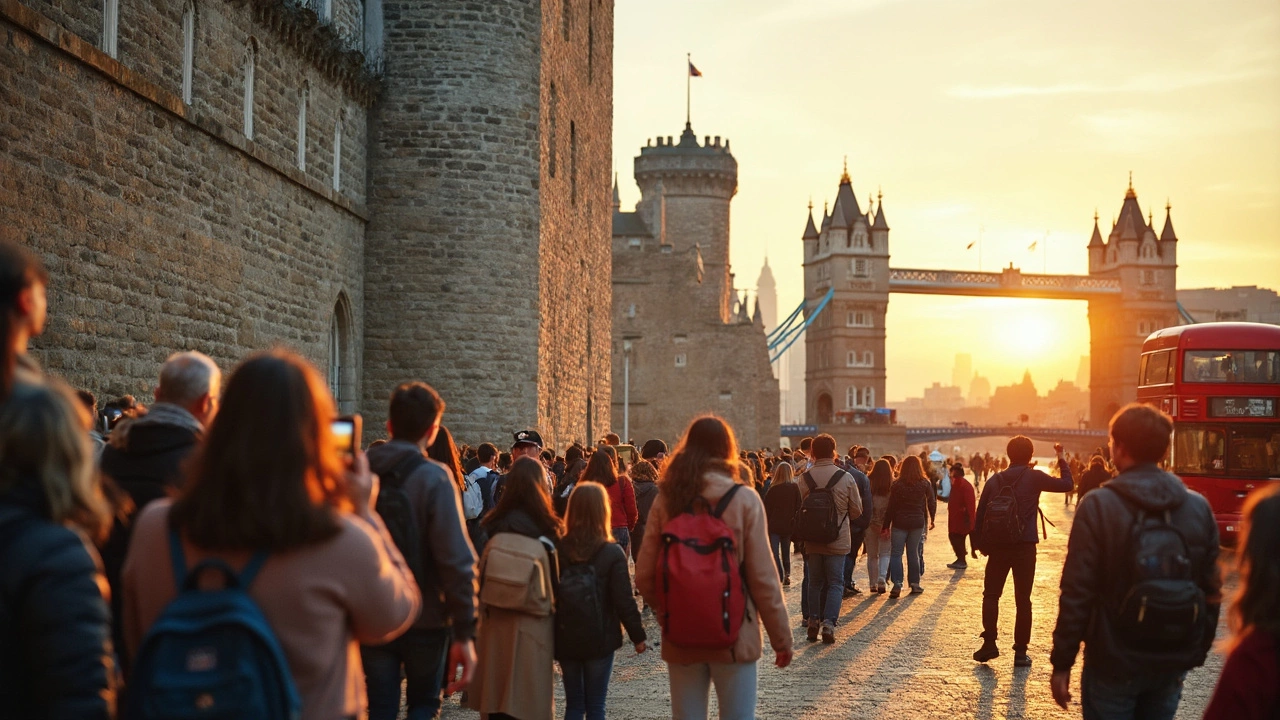British History – What You Need to Know and Where to Start
British history is a mix of battles, inventions, and everyday life that still shapes the UK today. Whether you’re curious about the Romans, the Tudors, or modern pop culture, there’s a story that fits any interest. This guide gives you a quick overview, a few handy tools, and ideas for digging deeper without getting lost in textbook jargon.
Quick Timeline of the Biggest Turns
Start with a simple timeline. It helps you see how one era leads to the next.
- 43 AD – Roman Invasion: Romans build roads, baths and towns that still appear on modern maps.
- 1066 – Norman Conquest: William the Conqueror changes language, law and the landscape of England.
- 1485 – End of the Wars of the Roses: Henry VII starts the Tudor dynasty, bringing stability after decades of civil war.
- 1603 – Union of the Crowns: James VI of Scotland becomes James I of England, linking the two kingdoms.
- 1666 – Great Fire of London: The fire wipes out much of the medieval city, paving the way for modern streets.
- 1707 – Act of Union: England and Scotland form Great Britain, creating a single parliament.
- 1914‑1918 – World War I: The war reshapes politics, society and the empire.
- 1939‑1945 – World War II: London endures the Blitz, and the post‑war era brings the welfare state.
- 1973 – Join the EU (then EEC): Britain starts a new chapter of trade and politics.
- 2020 – Brexit: The UK leaves the EU, sparking fresh debates about identity and future.
These dates are just anchors. Each one opens a whole world of stories about everyday people, power games, and cultural shifts.
How to Explore British History Without Feeling Overwhelmed
1. Pick a period that interests you. If you love drama, try the Tudor court. If you enjoy tech, the Industrial Revolution has plenty of inventions to explore.
2. Use free online resources. Websites like the British Museum, BBC History and the National Archives let you watch videos, see artifacts and read primary documents.
3. Visit local museums or historic sites. Even a short trip to a nearby castle, battlefield or heritage centre gives a tangible feel for the past.
4. Read a mix of books and podcasts. For a quick start, grab a short biography of a famous figure (think Winston Churchill or Queen Victoria) and pair it with a podcast episode that explains the wider context.
5. Join a discussion group. Many libraries host history clubs where you can talk about a book or documentary. Hearing other viewpoints sharpens your own understanding.
6. Try a “history walk”. Pick a neighborhood and look for plaques, old street names or architecture that hint at a previous era. Write down what you notice and search for its story later.
7. Keep a simple notebook. Jot down names, dates, and one interesting fact each time you learn something new. Over time you’ll see connections you might miss otherwise.
Remember, British history isn’t a single line; it’s a web of events that overlap and influence each other. By focusing on one thread at a time, you won’t get bogged down.
Ready to start? Choose a point on the timeline, grab a short article, and give yourself 15 minutes to explore. You’ll be surprised how much you can learn in a single coffee break. Happy exploring!
